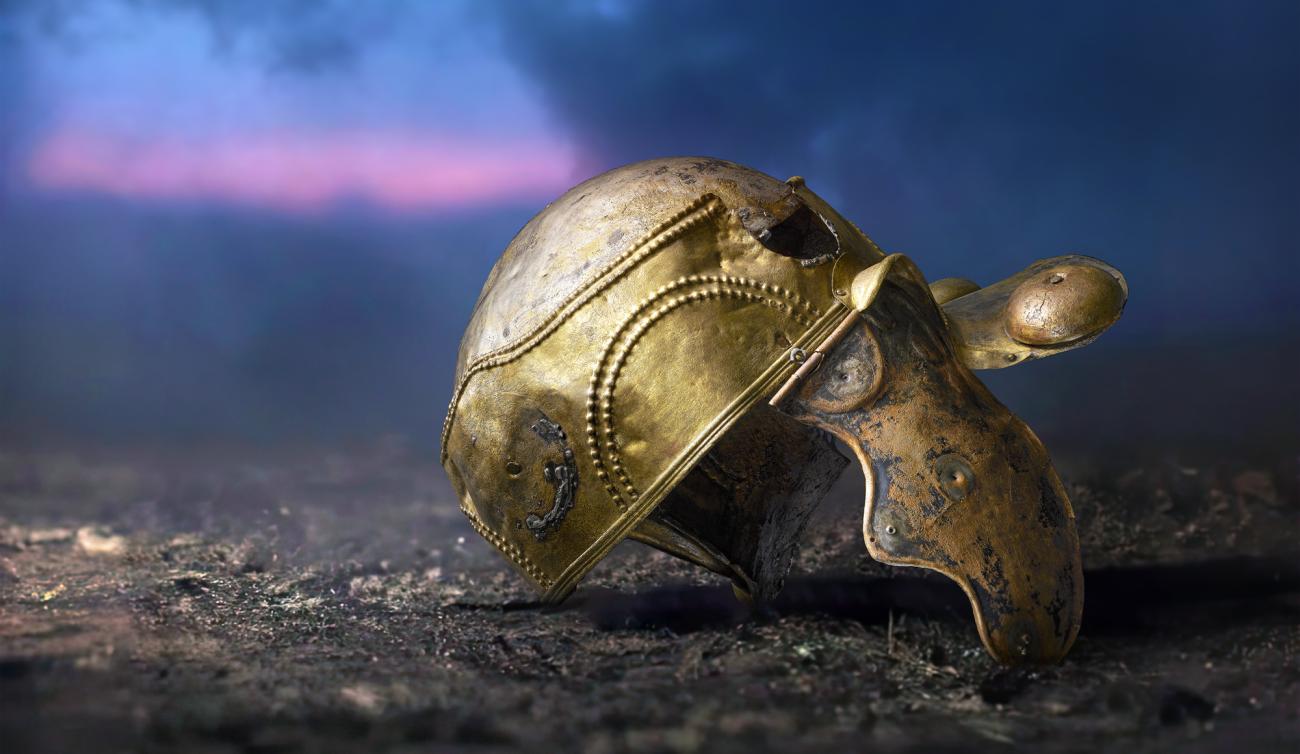WHAT: Legion: Life in the Roman Army
WHERE: The British Museum (Great Russell Street, London, WC1B 3DG)
WHEN: 1s February – 23rd June, 2024
PRICE: £22
OUR RATING: Do It!
The British Museum’s latest exhibition, “Legion: Life in the Roman Army,” offers a captivating glimpse into the daily existence of Roman soldiers, blending historical artefacts with the poignant narrative of Claudius Terentianus, an aspiring legionary. This exhibition balances the brutality and potential rewards of life in the Roman army, making it an enlightening experience for history enthusiasts and casual visitors alike.
The central focus on Claudius Terentianus is an inspired narrative choice. Following his journey from a marine to an ambitious soldier striving for promotion brings a personal and relatable dimension to the exhibit. Through his struggles and achievements, visitors gain a deep understanding of the human aspects of military life in ancient Rome. This personalised storytelling transforms what could be a static historical recount into a dynamic and engaging experience.

One of the standout aspects of the exhibition is its detailed portrayal of everyday soldier life. Items such as red wool socks, purses filled with coins representing a soldier’s lifetime earnings, and a dice tower used for gambling bring the humdrum yet fascinating aspects of a legionary’s life to the forefront. The inclusion of personal letters adds a touching, human element, showcasing the camaraderie and personal connections among soldiers and their often secret families.
The exhibition also excels in displaying the symbols of war. The array of war relics, including parade helmets with realistic faces, rusted swords, the iconic but rarely found lorica segmentata, and a preserved Roman shield, illustrates the martial prowess and brutality of the Roman army. The stark presentation of battle remains and crucifixion victims further underscores the harsh realities faced by soldiers, providing a sobering contrast to the more mundane aspects of their lives.

The exhibition is a feast for the eyes. The design is theatrical, with red flashes evoking the ferocity of battle and the standards of the legions displayed. Yet, the layout could enjoy some improvements. The linear flow of displays leads to bottlenecks, with patrons crowding around certain exhibits. Displaying objects in the round could mitigate this issue, allowing for a more fluid visitor experience.
Final Thoughts: This is a well-curated exhibition that brings the ancient Roman military experience to life with vivid detail and personal storytelling. Despite minor layout issues, it remains a must-visit for anyone interested in Roman history or the complexities of military life. The British Museum has once again succeeded in creating an educational and resonant journey through time.



